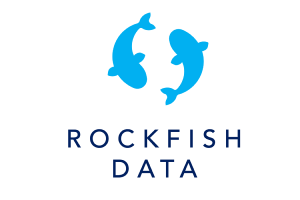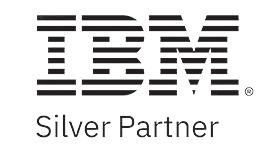-
About Us
-
Why 3KT?
Discover 3KT's Expertise

-
Career
Unlock your Potential, Join Us.

-
Book a meeting
Experience our solutions in action!

-
-
Solutions
-
Health care
Empowering lives through Innovative Predictive solutions.

-
Public sector
Transforming public sector with technology.

-
Financial services
Driving innovation with Blockchain, AI, Automation and Web3 technologies.

-
High tech
Enable your competitiveness with current technologies.

-
-
Services
- Partners
-
Insights
- Press Release
- Blogs
Contact Us
-
+1 (408) 716-5900
-
email@3ktechnologies.com
-
1114 Cadillac Ct, Milpitas, CA 95035
































